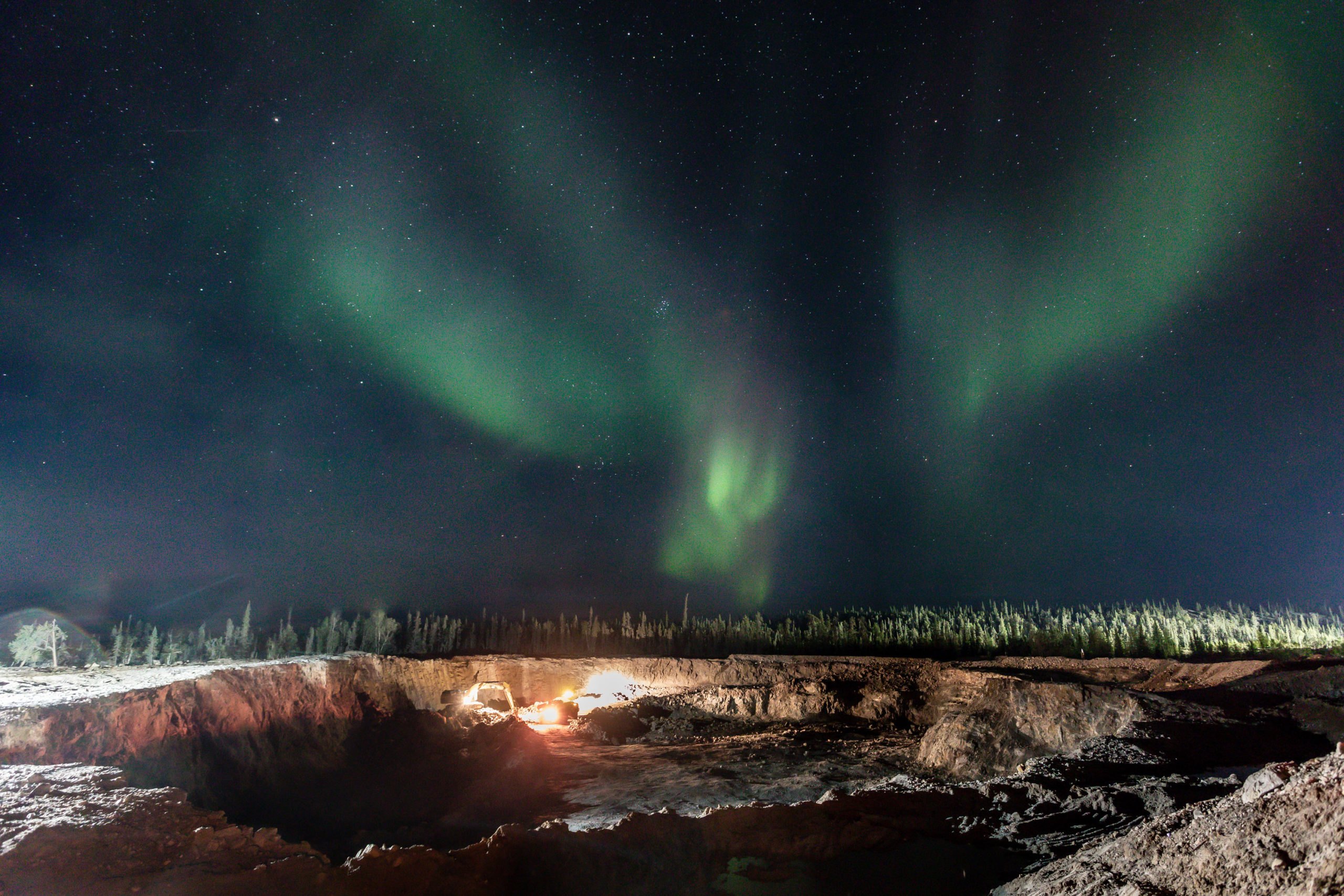“President Biden believes that the communities that have powered our nation for the past 100 years should power our nation for the next 100 years,” Jennifer M. Granholm, the US Secretary of Energy, said. “Thanks to the President’s Investing in America agenda, DOE is helping deploy clean energy solutions on current and former mine land across the country—supporting jobs and economic development in the areas hit hardest by our evolving energy landscape.”
Three projects are on former Appalachian coal mines, thus supporting economic revitalization and workforce development on land that is no longer viable for industrial purposes. In the West, two projects seek to displace fossil-fuel use by ramping up net-zero mining operations and providing the critical materials needed for a domestic clean energy supply chain. These projects are also expected to create more than 3,000 construction and operations jobs.
From geothermal to PV
In Graham and Greenlee Counties, Arizona, a project led by Freeport seeks to deploy direct-use, geothermal, clean heat combined with a battery energy storage system at two active copper mines, helping decrease the mines’ reliance on onsite thermal backup generators while supporting the annual extraction of 25 million pounds of copper.
In Bell County, Kentucky, Rye Development proposes converting former coal mine land to a closed-loop, pumped-storage hydroelectric facility with the potential to dispatch up to eight hours of power when needed, such as during times of peak demand or extreme weather events. This project will support the increase of local tax revenues that have decreased steadily since the 1970s and create approximately 1,500 construction and 30 operations jobs.
In Elko, Humboldt and Eureka Counties, Nevada, a project led by Nevada Gold Mines aims to develop a solar photovoltaic facility and accompanying battery energy storage system across three active gold mines.
“By shifting to clean energy, this project could demonstrate a replicable way for the mining industry to reach net-zero operations, while meeting growing demands for minerals across multiple sectors—including the clean energy supply chain,” the DOE’s release states.
In Clearfield County, Pennsylvania, Mineral Basin Solar Power, a subsidiary of Swift Current Energy, plans to repurpose nearly 2,700 acres of former coal mining land to support the largest solar project in Pennsylvania. At 402 MW, Mineral Basin will generate enough clean energy to power more than 70,000 homes. This project is expected to increase regional access to clean energy and fill a critical electricity generation gap following the closure of the Homer City coal plant.
The initiative is also expected to provide $1.1 million in annual tax revenue to Goshen and Girard townships, Clearfield County and the Clearfield County School District.
In Nicholas County, West Virginia, a project led by Savion, a company that’s part of Shell, plans to repurpose two former coal mines with a utility-scale, 250 MW solar PV system that would power approximately 39,000 West Virginia homes. These two inactive mine sites provide land and access to existing energy infrastructure that will transmit the clean, solar energy the project generates to the grid.
“The Clean Energy Demonstration Program on Current and Former Mine Land (CEML) will help provide the mining industry with a range of ways to decarbonize their operations and minimize environmental impacts and air pollutants, abating greenhouse gas emissions and disturbances to fragile, surrounding ecosystems,” the brief reads. “Simultaneously, replicating clean energy technologies like these on other current and former mines will help maximize local workforce development and community opportunities for generations.”



